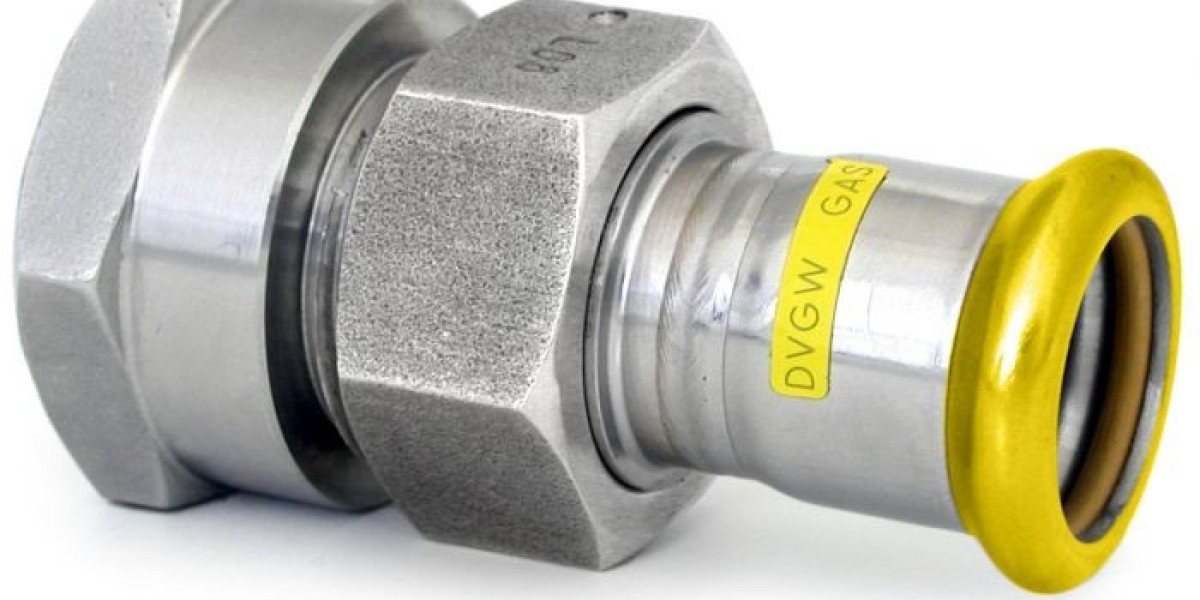This guide will provide a thorough overview ofindustrial gas fittings, their types, applications, and safety measures to ensure optimal operations.
1. Understanding Industrial Gas Fittings
Industrial gas fittings are specialized components used to connect gas lines, regulators, and other equipment. They are designed to withstand high pressure and prevent leaks, making them crucial for maintaining the safety of gas systems. These fittings are commonly found in industries such as oil and gas, manufacturing, healthcare, and chemical processing.
2. Types of Industrial Gas Fittings
Different industrial applications require specific types of gas fittings. The most common types include:
- Compression Fittings: Used for high-pressure systems and offer a tight, leak-proof seal.
- Flare Fittings: Ideal for high-temperature and high-pressure applications, providing a secure connection.
- Threaded Fittings: Common in low-pressure systems; easy to install and maintain.
- Quick-Connect Fittings: Allow for rapid disconnection and reconnection of gas lines without leaks.
Understanding the right type for your application is key to ensuring safe and efficient operation.
3. Material Considerations
Industrial gas fittings are typically made from materials like brass, stainless steel, and copper. The choice of material depends on the gas being transported, temperature, pressure, and environmental conditions:
- Brass Fittings: Highly durable and resistant to corrosion, commonly used for natural gas and air systems.
- Stainless Steel Fittings: Ideal for high-pressure and high-temperature applications, offering superior strength and resistance.
- Copper Fittings: Suitable for low-pressure systems and often used in medical gas applications.
4. Key Safety Considerations
Ensuring the safety of gas systems involves several key factors:
- Leak Prevention: Always check for leaks after installation using leak detection fluids or gas sniffers.
- Proper Installation: Gas fittings should be installed by professionals who understand the pressure ratings and the specific requirements of the system.
- Regular Maintenance: Conduct routine inspections to identify wear, corrosion, or damage to fittings and replace them as needed.
- Correct Sizing: Ensure that the fittings are properly sized to handle the gas pressure in the system to prevent overpressure or leaks.
5. Installation Best Practices
- Always clean the pipes and fittings before installation to avoid contaminants that could affect the seal.
- Use the appropriate sealing compounds or tape (such as Teflon tape) to ensure a secure, leak-proof connection.
- Avoid over-tightening fittings, as this can cause damage to the threads or the fitting itself.
6. The Importance of Regular Inspections
Regular inspections are crucial to identify any potential problems before they become major safety hazards. Inspect gas fittings for signs of wear, corrosion, or leaks and replace them immediately if any issues are found. Maintaining a log of inspections can help track the condition of the gas system over time.
Conclusion
Industrial gas fittings are an integral part of any gas distribution system, and their proper selection, installation, and maintenance are vital for safe operations. By understanding the types of fittings, materials, and safety protocols, you can ensure that your industrial gas systems operate efficiently and safely, minimizing risks and downtime.








